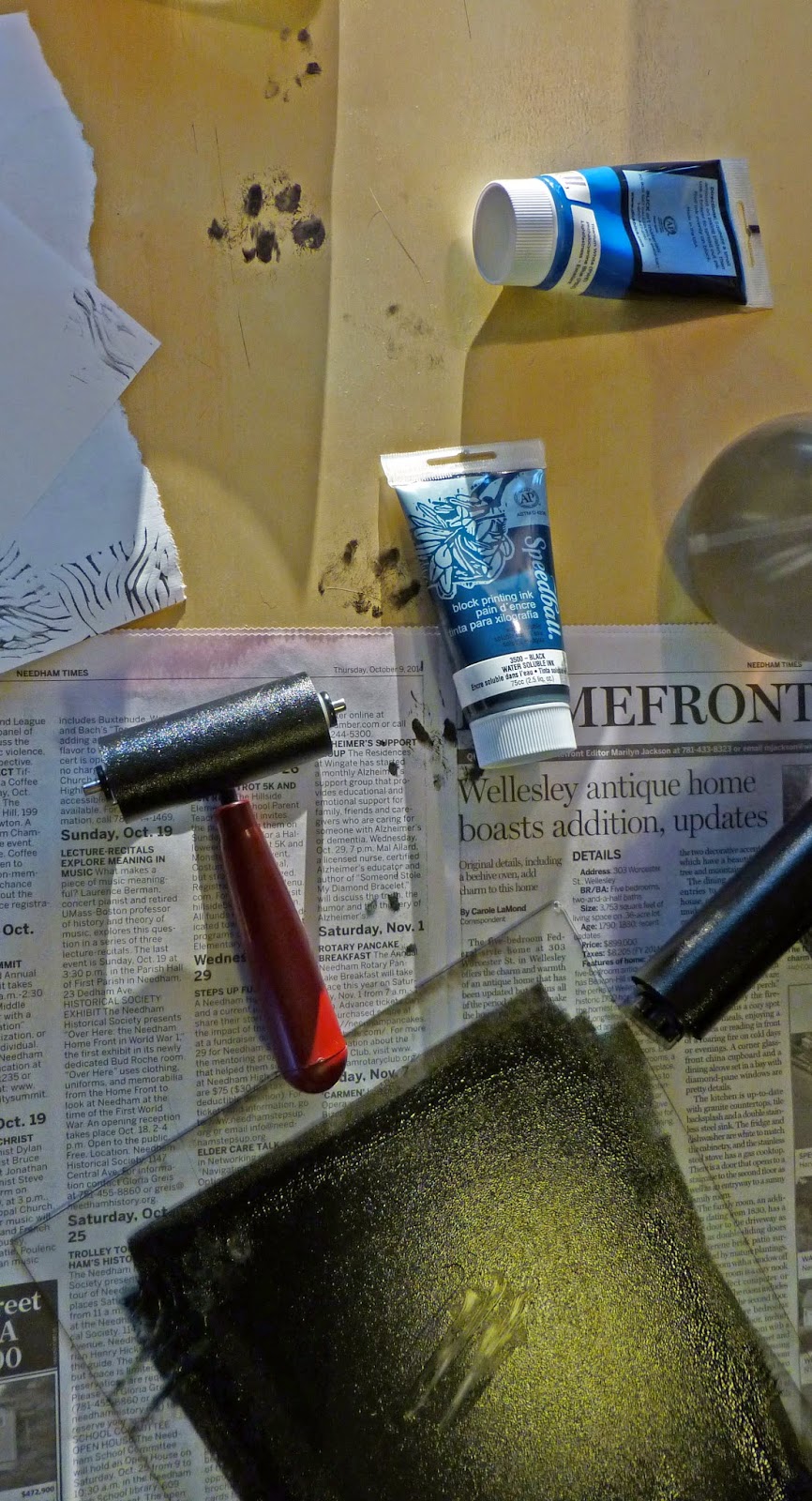Most mondegreens, including all my examples above, are funny, mere novelties laughed over by we who know better. It’s not uncommon, however, for a mondegreen interpretation to change the lyrics of a song over time. One example is the calling birds of the fourth Day of Christmas. They originally were colly (black) birds, but as the word colly became archaic and unfamiliar, singers reinterpreted the sound as another word that seemed to make more sense.
Coolest of all, it’s actually possible for a mondegreen to form a new, respectable, generally accepted word. In the early nineteenth century, schoolchildren included the & sign at the end when reciting the alphabet. To make clear that the “and” they were saying was a word in itself, it was called “per se and.” That made the alphabet end “X, Y, Z, and per se and.” That final phrase was heard by the children as “ampersand,” which gradually came to be accepted as a real word. It’s attested in proper English usage from 1837.
So as we begin to rev up the holiday season, if you’re a carol singer, enjoy all those holiday songs, from Olive the other reindeer and the four calling birds, to “Get dressed, ye married gentlemen,” and “with the jelly toast proclaim, Christ is born in Bethlehem.” And as you sing, remember to enjoy the company of good Lady Mondegreen.
[Pictures: Donibristle House, where the Earl of Morey was slain in 1592, woodcut by unknown artist (Actually, this house looks Georgian, and Donibristle House was set afire at the time of the murder in 1592, so it almost certainly wouldn't have been this building, but it’s the best I could do. Image from When Raine Starts);
Four blackbirds singing, linocut by Ann Lewis, used with the artist's permission (Image from the artist’s web site).]



















